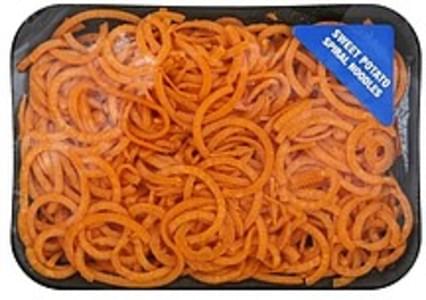

This only takes a minute or two – the noodles should keep a nice al dente bite. Lightly sauté them with a drizzle of olive oil until they soften slightly. Chop off the fat, seedy base of the squash, but don’t toss it! It’s not ideal for making veggie noodles, but you can still roast it or turn it into soup.īutternut squash noodles are one of the few types of vegetable noodles that I cook. To make butternut squash noodles, look for a squash with a long neck. Try just one, or mix and match them into colorful salads and bowls. It’s pricier, but if you want to spiralize sweet potato or butternut squash, it’s the best option: it’ll cut through these tough vegetables without requiring tons of arm strength.īelow, you’ll find a breakdown of the vegetables I spiralize most often, along with serving suggestions for each of them. The KitchenAid Spiralizer Attachment makes great curly vegetable noodles too. It’s also easy to clean and relatively small, so it’s not hard to find a place to store it. It clamps to the counter, so it doesn’t move around while you work.

Of the countertop spiralizers I’ve owned, the Inspiralizer (pictured below) has been my favorite. I’ve worked with two types of spiralizers – countertop spiralizers and the KitchenAid Spiralizer Attachment. You can make vegetables noodles with a regular vegetable peeler, julienne peeler, or mandoline slicer, but my favorite way to do it is with a spiralizer. But most importantly, it’s fun! There’s something mesmerizing about watching a humble root veggie turn into vibrant vegetable noodles. It’s also a great way to showcase peak-season summer produce. It doesn’t require the stove or the oven, so unlike baking, it won’t heat up the whole house. Did you know that you can make veggie noodles out of cucumber, carrots, kohlrabi, and more? We’ve all heard of zucchini noodles by now, but lots of other vegetables can transform into curly, colorful noodles too! Making these veggie noodles is one of my favorite summer cooking projects.


 0 kommentar(er)
0 kommentar(er)
